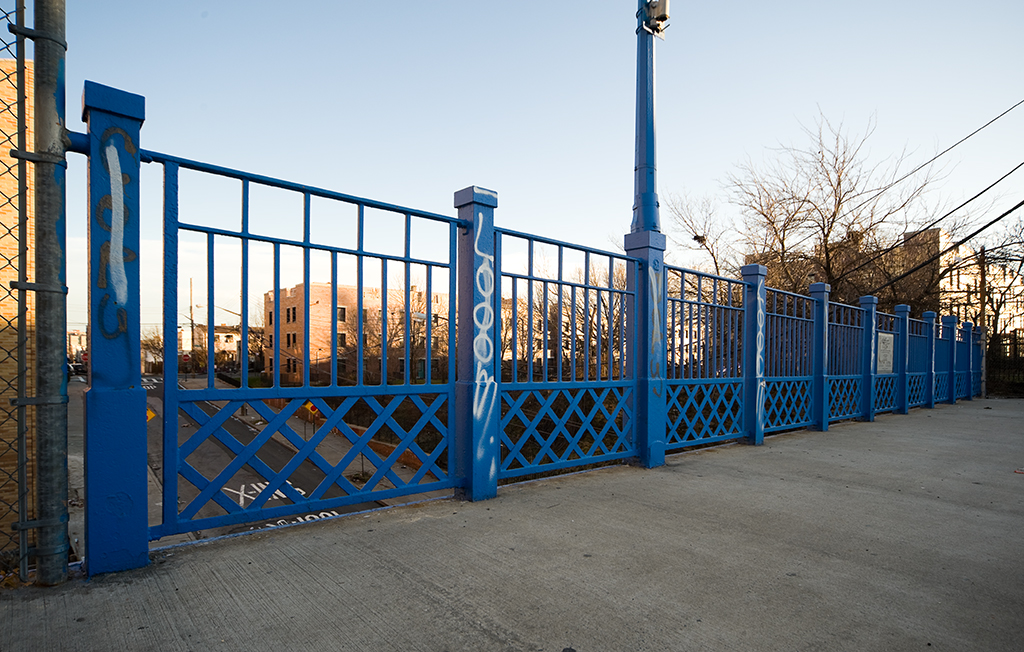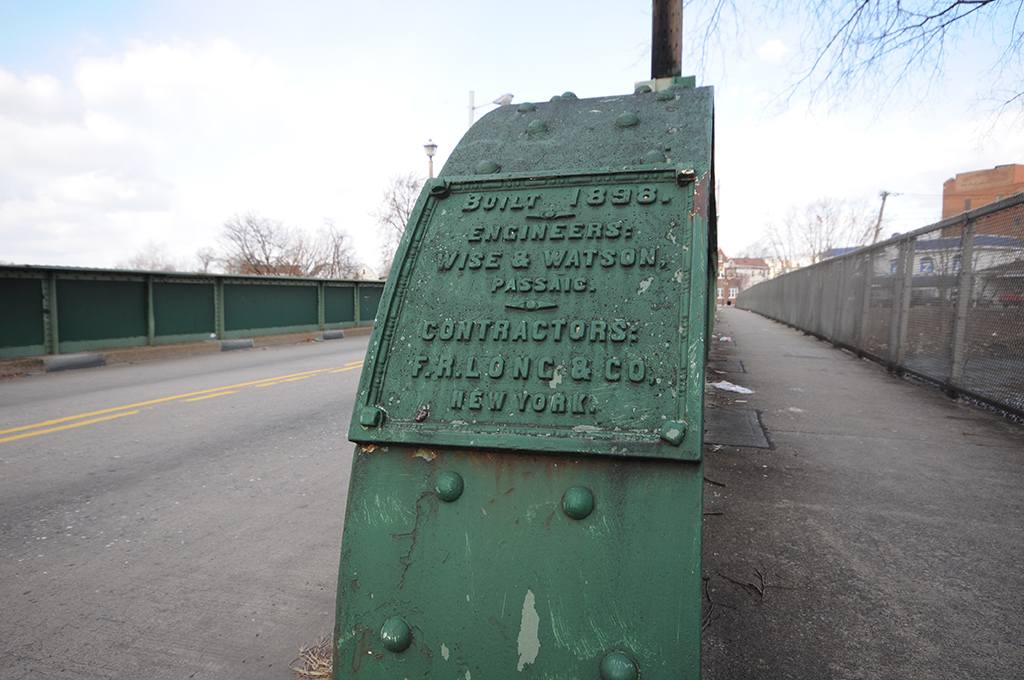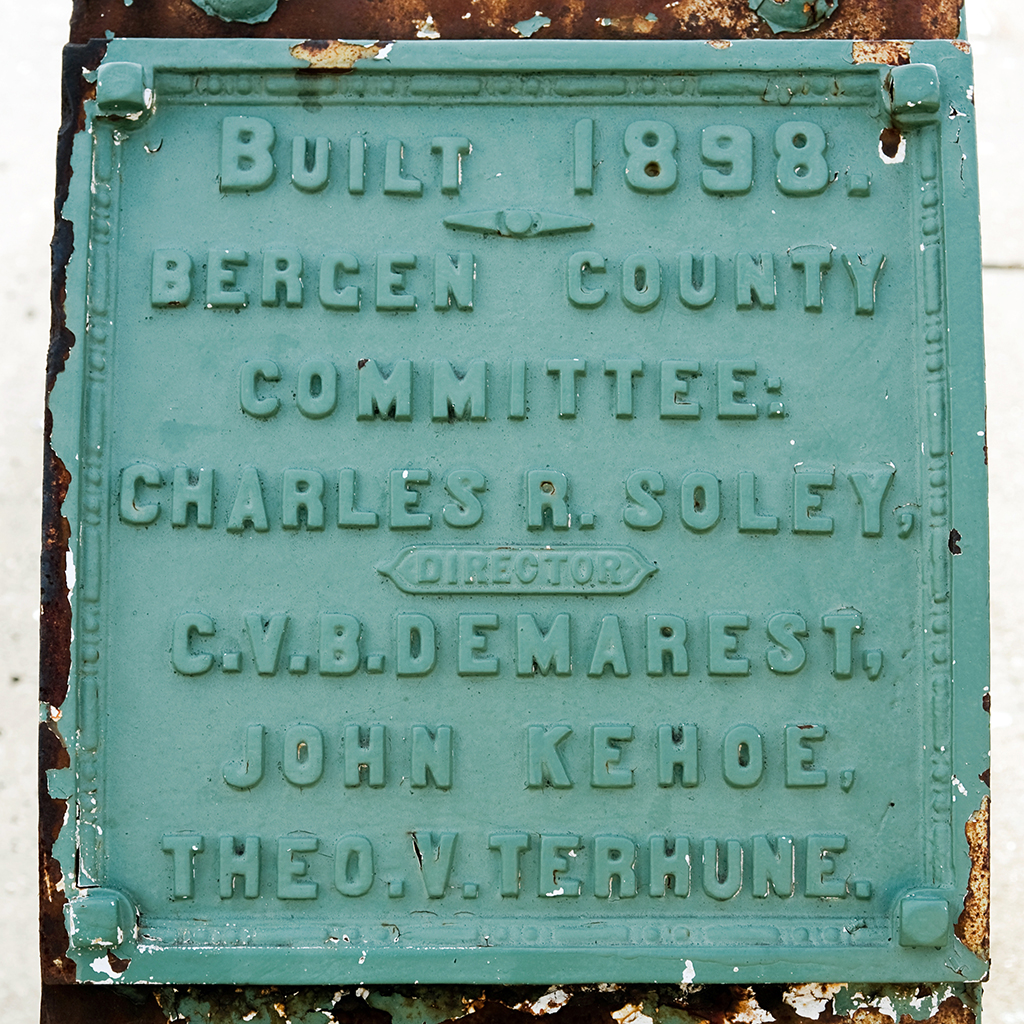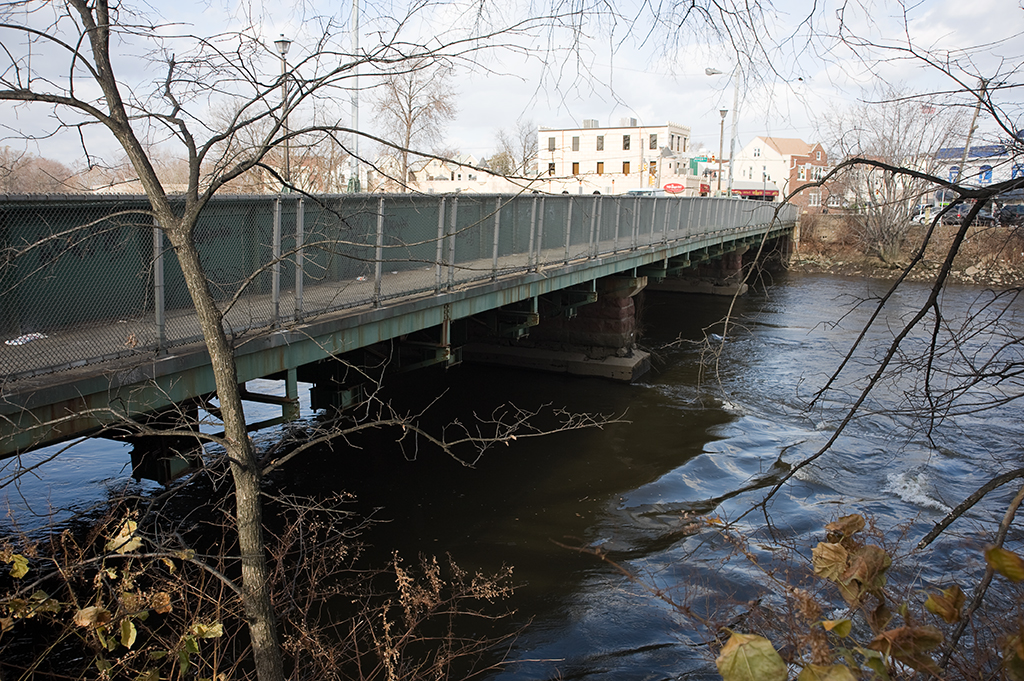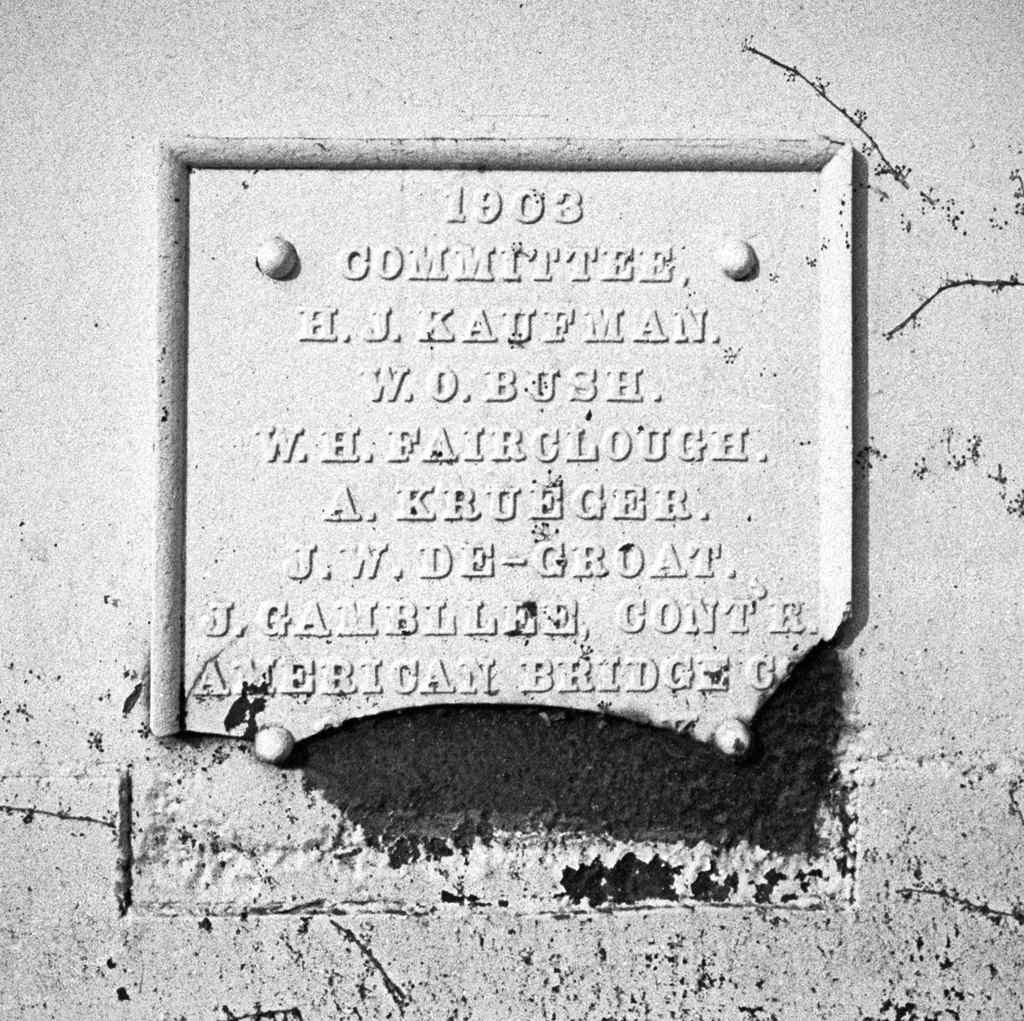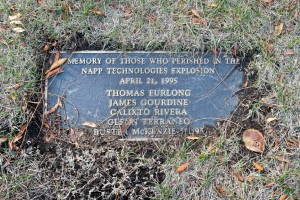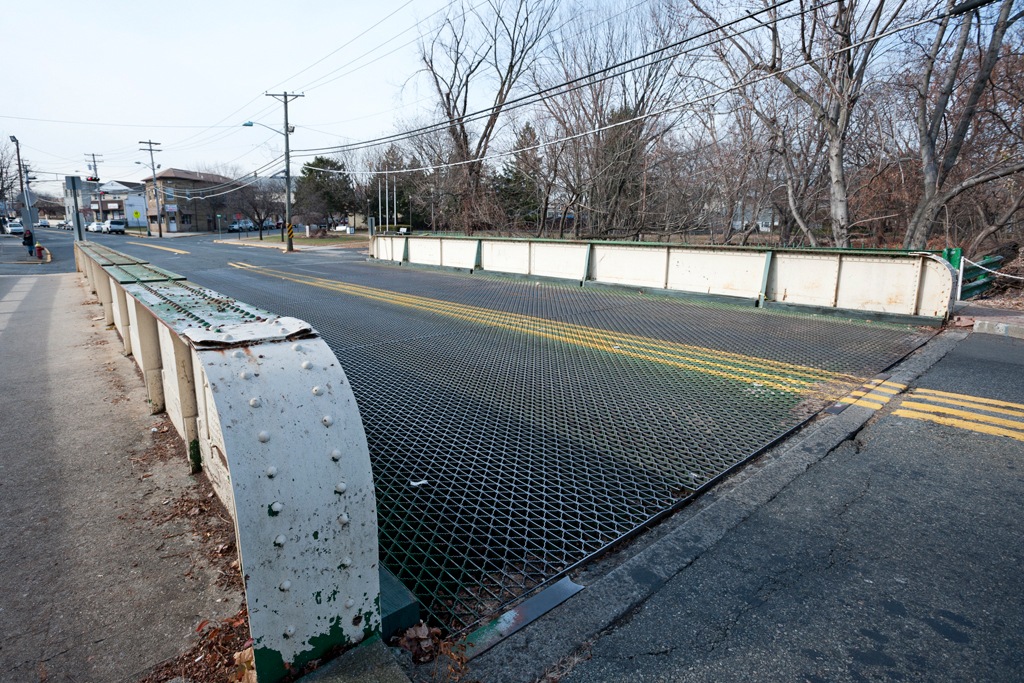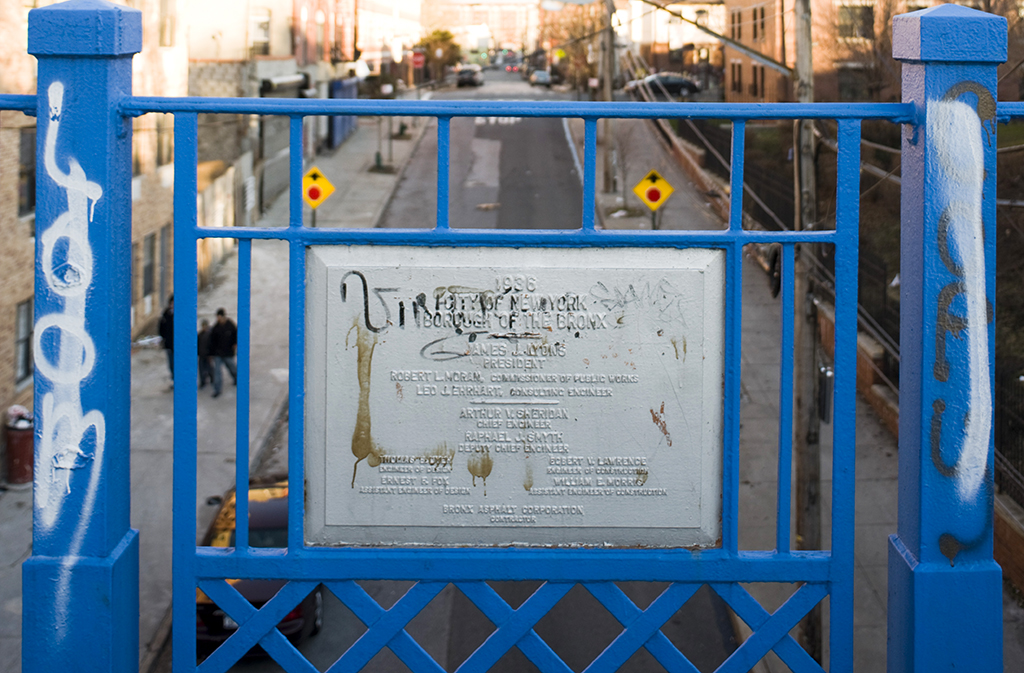
Location: Eagle Avenue over East 161st Street, Bronx, NY [satellite map]
Carries: 1 vehicular lane, 2 pedestrian sidewalks
Design: girder bridge
Date opened: 1936
Traveling south on Eagle Avenue in the Melrose section of the Bronx, instead of reaching an intersection at East 161st Street as a street map would lead you to believe, your line of sight on this narrow road suddenly opens up and you find yourself crossing a little-known bridge with a view of the imposing Beaux-Arts Bronx Borough Courthouse (built between 1905-1914, abandoned in 1978) to the west. That the Eagle Avenue Bridge is almost never marked on as being a bridge on maps is not a new development; maps contemporary to its construction do not note is as a bridge either, maintaining the idea that one could turn from Eagle Avenue onto East 161st Street. The need for a bridge becomes apparent though when taking the area’s geography into account. Eagle Avenue is located on what was once part of the Morris Manorlands, a tract of almost 1,920 acres formerly owned by Declaration of Independence signer Lewis Morris. This area of the Bronx is full of rocky hills necessitating steep streets, stepped walks, and unexpected bridges. Before the streets in the area were given standard number designations, East 161st Street had been known by several names, including Grove Hill and Cliff Street. The hill at East 160th Street and Eagle Avenue was known as Hupfel’s Hill, after the Hupfel Brewery, which started brewing beer in the area in 1864. Eagle Avenue was laid out in 1891 between 149th and 163d Streets, and the first bridge over East 161st Street was built then of steel, with stairs allowing pedestrians to travel between the upper and lower levels of the crossing.
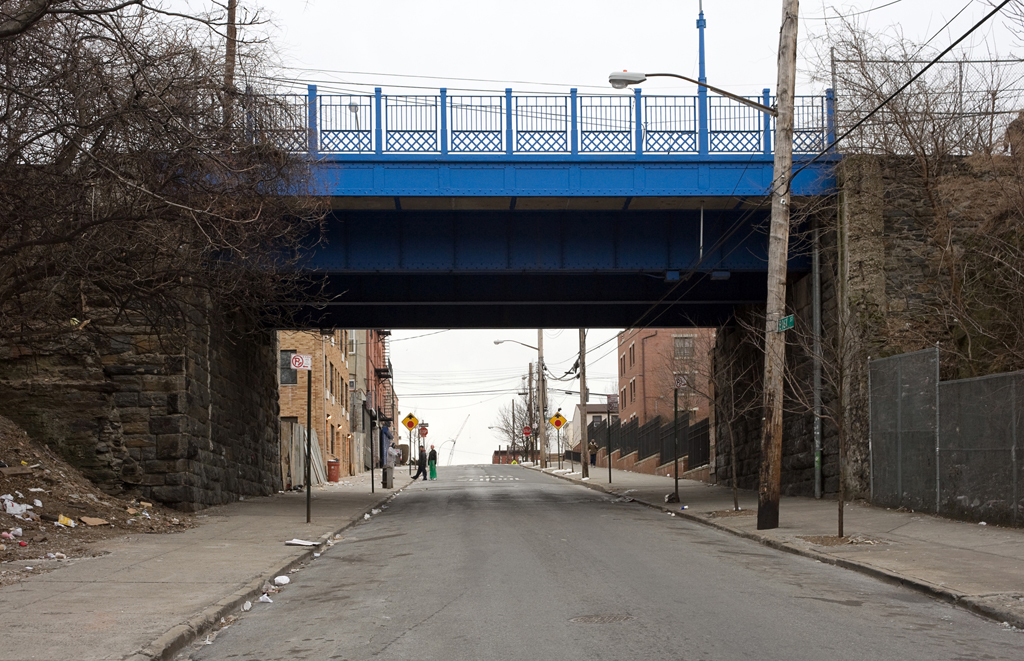
The current Eagle Avenue Bridge is at least the second bridge at the site, and was opened in 1936. The stone abutments supporting the span appear to be leftovers from the earlier structure. It is a steel girder bridge painted a bright Federal Blue, one of the seven colors used to paint bridges by the Department of Transportation’s Division of Bridges, and is 53.8 feet long. It has been cleaned and repainted by the DOT twice in recent years, in 2003 and 2008. It was built under the authority of Bronx Borough President James Lyon and designed by Arthur V. Sheridan (1888-1952), Lyon’s chief engineer. Sheridan later went on to design highways during the reign of city planner Robert Moses, and is the namesake of the Bronx’s Sheridan Expressway.
